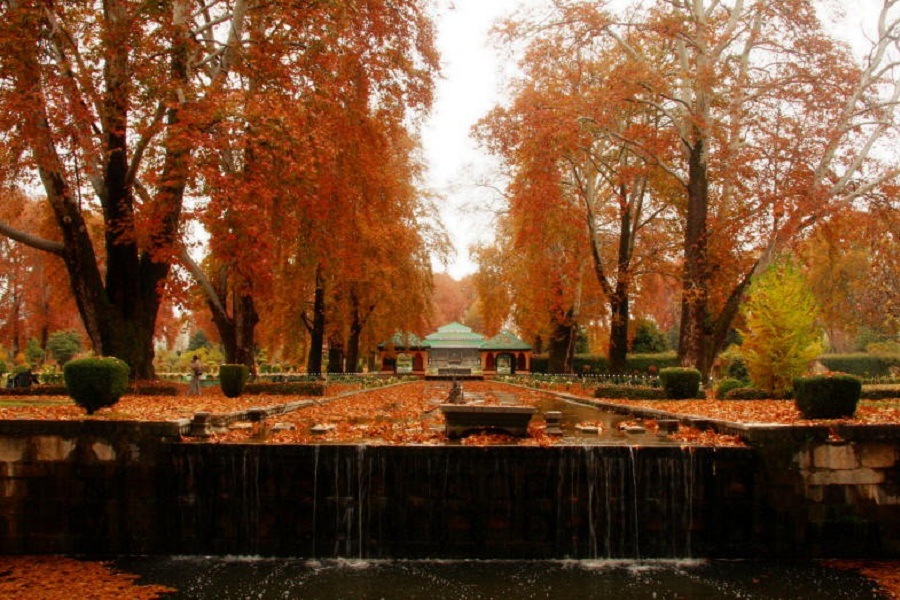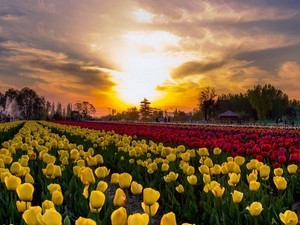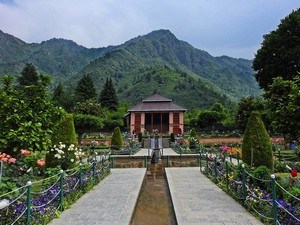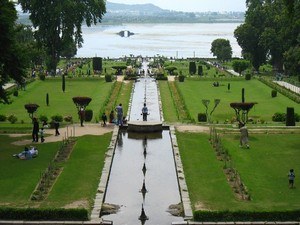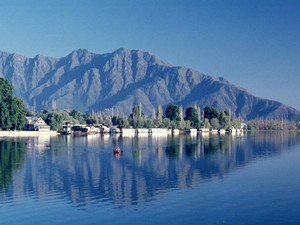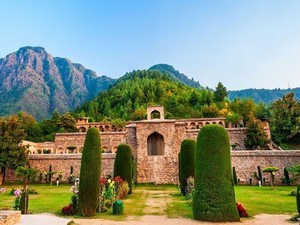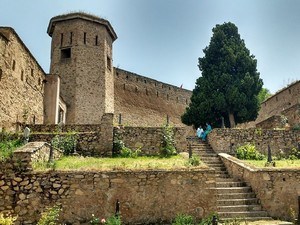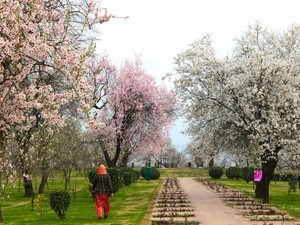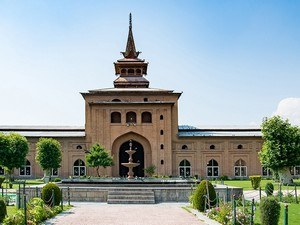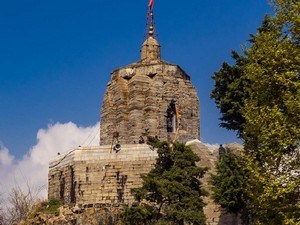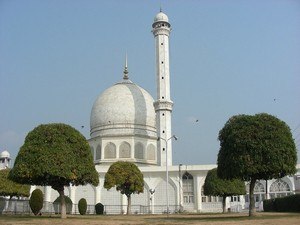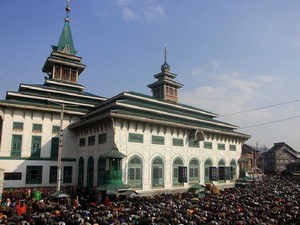Shalimar Garden, Srinagar - Timings, Entry Fee, Best Time to Visit
 #10 of 31 Places to Visit in Srinagar
#10 of 31 Places to Visit in Srinagar
 Distance (From Srinagar Bus Station): 13 Kms
Distance (From Srinagar Bus Station): 13 Kms
 Trip Duration (Including Travel): 1-2 Hours
Trip Duration (Including Travel): 1-2 Hours
 Place Location: At Shalimar Locality
Place Location: At Shalimar Locality
 Transportation Options: Cab / Auto
Transportation Options: Cab / Auto
 Travel Tips: None
Travel Tips: None
At a distance of 13 km from Srinagar Bus Station, Shalimar Bagh is a beautifully laid out Mughal garden located in Srinagar. Situated at Shalimar, it is one of the popular gardens in India, and among the must-include places in Srinagar holiday packages.
Overlooking the scintillating waters of the Dal Lake, Shalimar Bagh was built in the year 1619 by the Mughal emperor Jahangir for his beloved wife Noor Jahan and was called 'Farah Baksh' ('the delightful'). Later in the year 1630, under Emperor Shah Jahan's orders, Zafar Khan the governor of Kashmir extended the garden and named it 'Faiz Baksh' ('the bountiful'). It then became a pleasure place for the Sikh governors of the province. It is now a public park and is also referred to as the 'Crown of Srinagar'. It is now a public park and is known as the 'Crown of Srinagar'.
Spread across a vast area of 31 acres, Shalimar Bagh is the largest of the three Mughal gardens in Srinagar, the other two being Nishat Bagh and Chashme Shahi. It is considered the high point of Mughal horticulture. The architecture and landscaping of this garden draw inspiration from the Persian Char Bagh. It was built on flat land on a square plan with four radiating arms from a central location as the water source. The garden was linked to the open Dal Lake water through a canal of about 1-mile in length and 11 m in width that ran through the swampy quagmire. Willow groves and rice terraces fringed the lake edge. Broad green paths bordered the lake with rows of Chinar trees. The garden was laid in trellised walkways lined by avenues of aspen trees planted at 2 feet (0.61 m) intervals.
Shalimar Bagh is segregated into three terraced portions with water fountains and pools, and each terrace is serving a different purpose. The outer portion of the garden is named Diwan-i-Aam which was open to the public, whereas the central portion named Diwan-i-Khas was accessible only to the noblemen or guests of the court. The royal bathrooms are located on the northwest boundary of this enclosure. Its uppermost portion, the Zenana Garden with two pavilions made in Kashmiri style, was designed for women belonging to the royal family. Shah Jahan built a baradari of black marble, called the Black Pavilion here. It is encircled by a fountain pool that receives its supply from a higher terrace. A double cascade waterfall against a low wall carved with small niches (Chini Khanas), behind the pavilion. The Shah Nahar is the main feeder channel to all the terraces.
The Chini Khanas or arched niches placed behind waterfalls and the Chinar trees are the highlights here. Earlier, these niches were lighted at night with oil lamps, which gave a fairy tale appearance to the waterfalls. However, now the niches hold pots of flower pots that reflect their colors behind the cascading water. Sprinkled generously with well-trimmed gardens and exquisite architecture, Shalimar Garden is a gentle blend of natural allure and man-made structures. Exhibiting the exemplary craftsmanship of Mughals in horticulture, the Mughal garden is quite popular with tourists from all over the world.
The best time to visit Shalimar Bagh is either during Spring or Autumn Season (mid-February to mid-April and September-October) when the flowers are in their full bloom and Chinar trees change their color from green to orange and yellow giving a warm glow to the garden. One can also attend a light and sound show here in the evening during the peak tourist season (May - October).
Timings: 10 AM - 5 PM from November to March & 9 AM - 7 PM from April to October
Entry: Rs. 20 for Person



